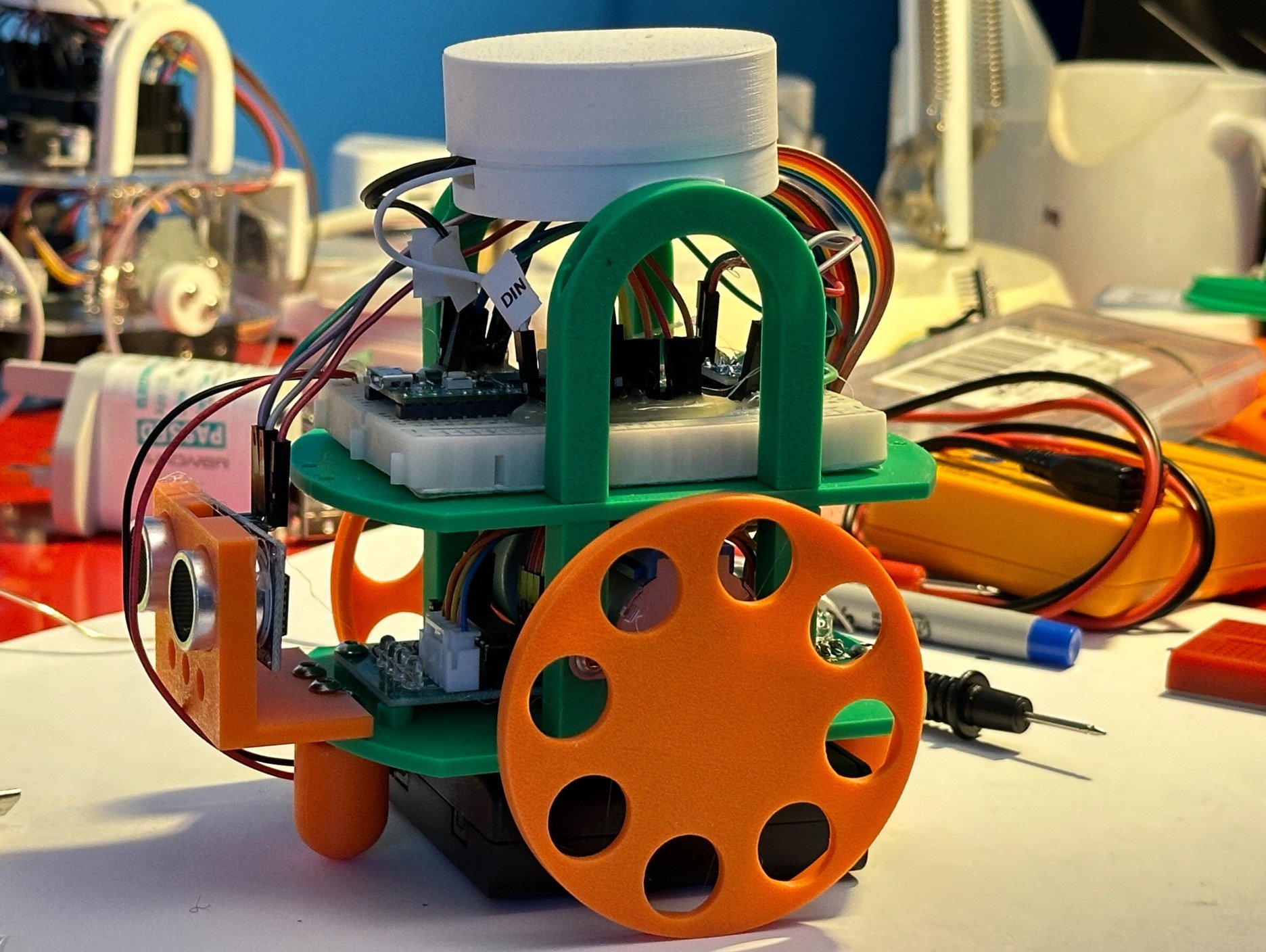Safemaking with the Bambu P1S
/somewhere safe to put all the money I haven’t got
One of the great things about having the Bambu printer is that I seem to be able to decide to print something and then just print it. Even if the thing is large. Today I had a go at printing this bank vault. It just worked.
These are the main parts
I was expecting a bunch of problems and a ten hour wait. After all, I’ve been printing for a very long time. What I got was all the important bits printed before lunch.
The lock contains a surprisngly complicated latch
I had the whole thing built by mid afternoon. The design cost me a couple of quid or so and it was very well worth it. I even got instructions telling me how to assemble the different parts.























